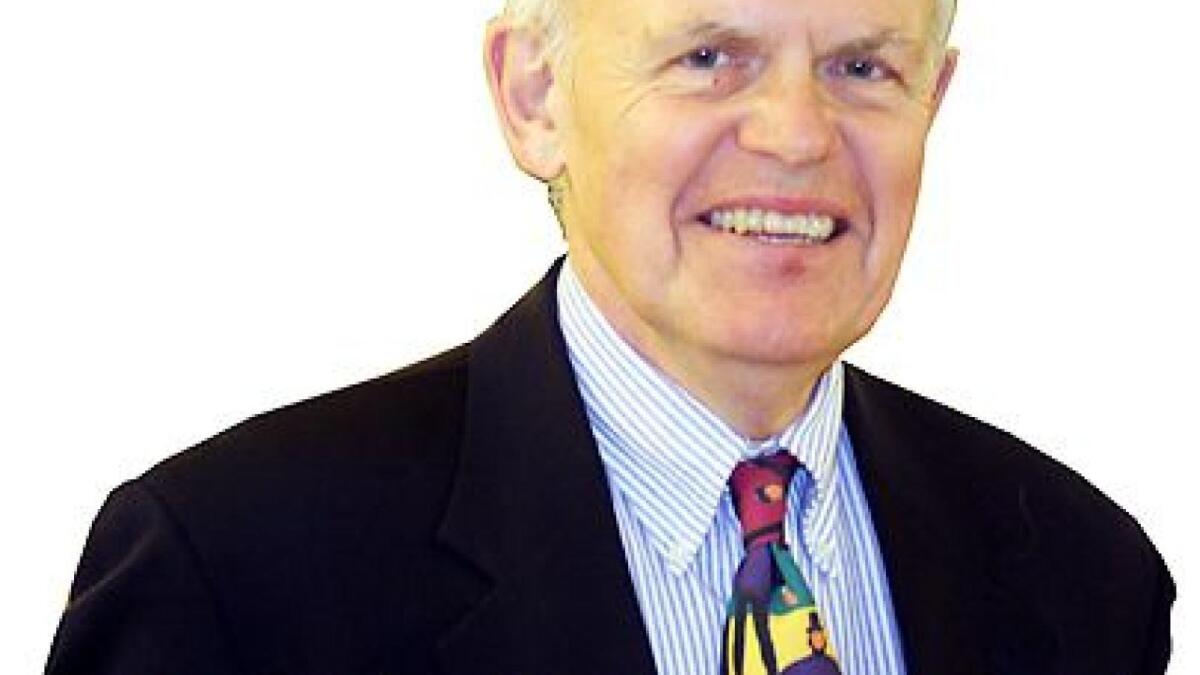“We also need to address the state penitentiary,’’ Noem said. “We know it is outdated, not compliant with ADA (Americans with Disabilities Act) requirements, and overcrowded.”
The late Gov. George Mickelson, wrestling with rising state prison costs, once recommended budgeting only enough money to take care of 1,050 inmates.
Mickelson called the number a target, not a cap. The prison population then was 1,138. The governor and other advocates of the idea were not proposing a hard “put-one-in, let-one-out’’ policy. But they wanted to try less costly alternatives, things like aggressive parole, house arrest, increased probation and other diversion programs.
Looking back, 1,050 seems a naïve target, even for the time. Recent statistics show 3,443 adults in state prisons.
You know, I can’t recall whether Mickelson’s 1,050 budgeting notion even got a start. Several alternatives were tried. In the years since, many other alternatives to old-fashioned incarceration have been tried. Still, crime and punishment, besides being a gripping novel, is almost always a public policy argument when legislators meet.
It is no different this year. Gov. Kristi Noem’s budget message recommended $60 million for a minimum-security prison in Rapid City for 300 female inmates. Noem said the state has the money in an Incarceration Construction Fund created a year ago.
“We also need to address the state penitentiary,’’ she said. “We know it is outdated, not compliant with ADA (Americans with Disabilities Act) requirements, and overcrowded. It has been an issue for many years, long before I was your governor.’’
She proposed the state spend $52 million to buy land and pay design costs for a new prison in Sioux Falls. Half of that money would come from the Incarceration Construction Fund, the rest from state general funds.
That’s talking real money. Although I have reported on state prisons for decades, I am no expert. I only know there are few easy answers in the world of corrections.
Shortly before Mickelson took office, the late Gov. Bill Janklow convinced legislators to close the state college at Springfield and turn the campus into a minimum-security prison.
It was an emotional, hard-fought issue. Former Lt. Gov. Bill Dougherty, a longtime lobbyist, once said it was the most bitter legislative fight he witnessed in decades around the state Capitol. The late Harold Sieh, a veteran Republican, called it the hardest vote he cast in all his years in the House of Representatives.
A few years after Mickelson’s 1,050 prison-budget proposal, the state approved construction of a high-security annex to the state Penitentiary in Sioux Falls. A few years after that, a women’s prison was built on the east edge of Pierre.
Numbers I found on the state Corrections Department web site show South Dakota at one point last fall, had 2,907 males and 536 female inmates in its adult prisons. Each of those numbers represents a person, someone judged to have done something so wrong they deserve to be removed from society for a time. Most of them will be freed one day and returned to society. Hopefully, they will be able to function on the outside.
Early in my reporting life, I heard someone tell a legislative committee the state needed to emphasis education and prevention, to intervene before people reach the prison stage.
“We’re always downstream pulling people out of the river,’’ is what I remember the person saying. “We need to go upstream and catch them before they fall in.’’
It made sense to me. It still does. I just don’t know how you get there.
I frequently interviewed inmates as part of my reporting. I recall an interview with a young woman serving time for selling drugs. Friends told her meth would help her lose weight quickly, she said. She got hooked. She sold drugs not to get rich, but to make money to buy her own drugs.
Maybe she was conning me. I was never in prison, but when I was drinking heavily, I would have done almost anything for a fifth of vodka. Maybe lock-up was the only way that woman could get clean. Maybe prison gave her access to treatment. I never knew.
South Dakota is long past Mickelson’s 1,050 budget cap. The future, like the past, likely will be a mix of adding prison space and searching for alternatives, a cycle we can’t seem to break.
Source: Mitchell Republic















